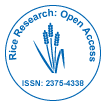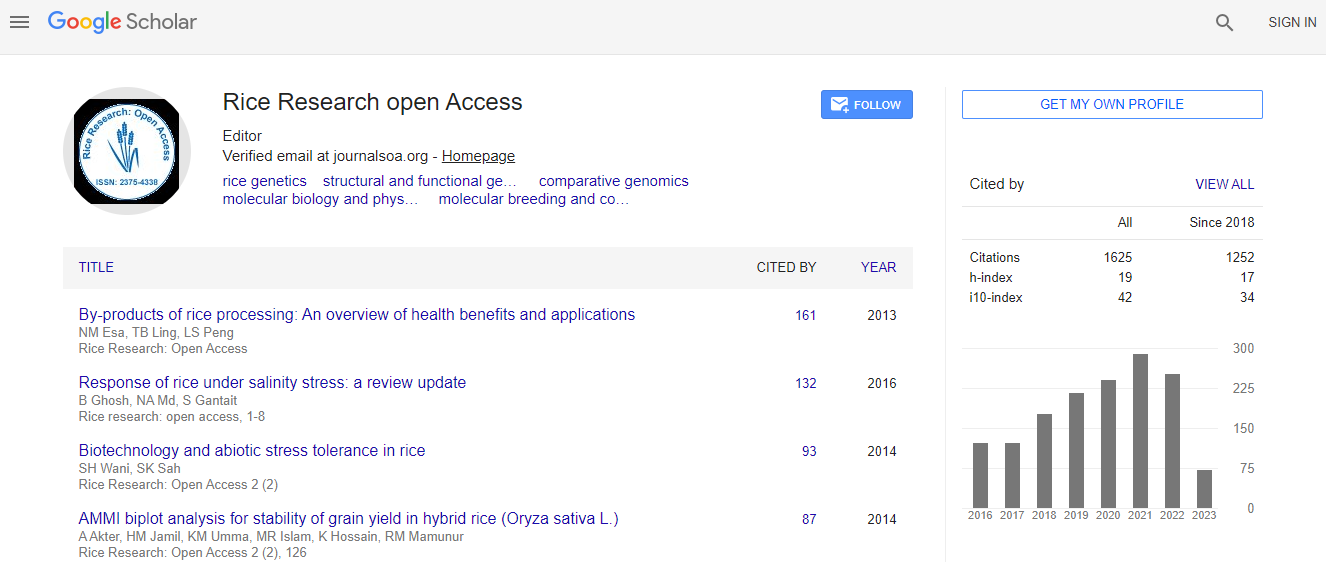Influence of Rice Plant Architecture on Water Use Efficiency in Flooded Paddy Fields
*Corresponding Author:Received Date: Sep 02, 2024 / Published Date: Sep 28, 2024
Copyright: © 0 . This is an open-access article distributed under the terms of the Creative Commons Attribution License, which permits unrestricted use, distribution, and reproduction in any medium, provided the original author and source are credited.
Abstract
Rice cultivation in flooded paddy fields is highly dependent on efficient water management, especially in regions facing water scarcity. This study explores the relationship between rice plant architecture and water use efficiency (WUE) in flooded paddy fields. A series of experiments were conducted on rice varieties with different plant heights, tillering patterns, and leaf angles under controlled water regimes. Results indicated that rice varieties with more upright leaf angles and compact plant structures demonstrated better water use efficiency, leading to reduced water consumption without compromising grain yield. These findings suggest that breeding for specific plant architecture traits can improve WUE in rice, promoting sustainable water management practices in irrigated systems.

 Spanish
Spanish  Chinese
Chinese  Russian
Russian  German
German  French
French  Japanese
Japanese  Portuguese
Portuguese  Hindi
Hindi 
